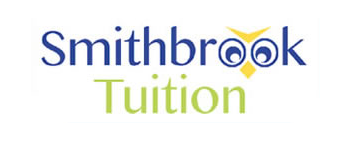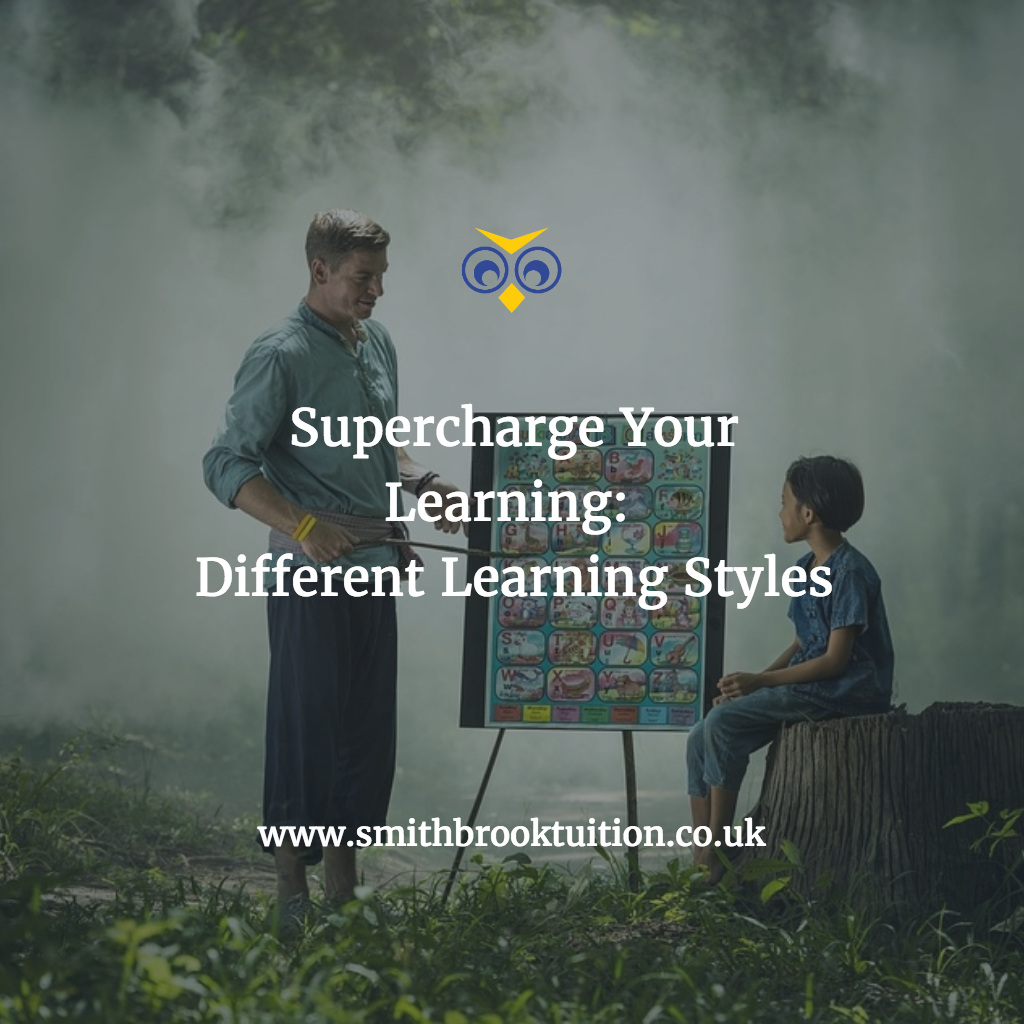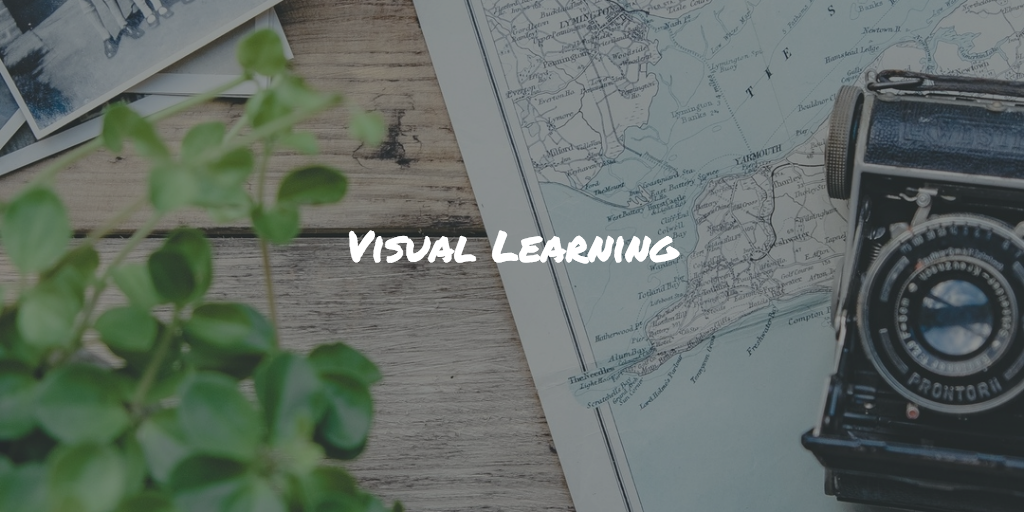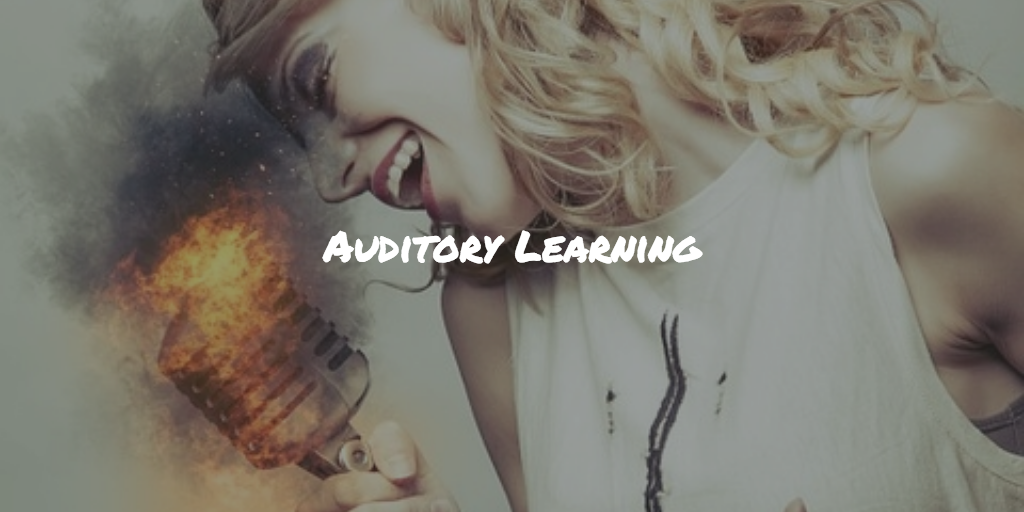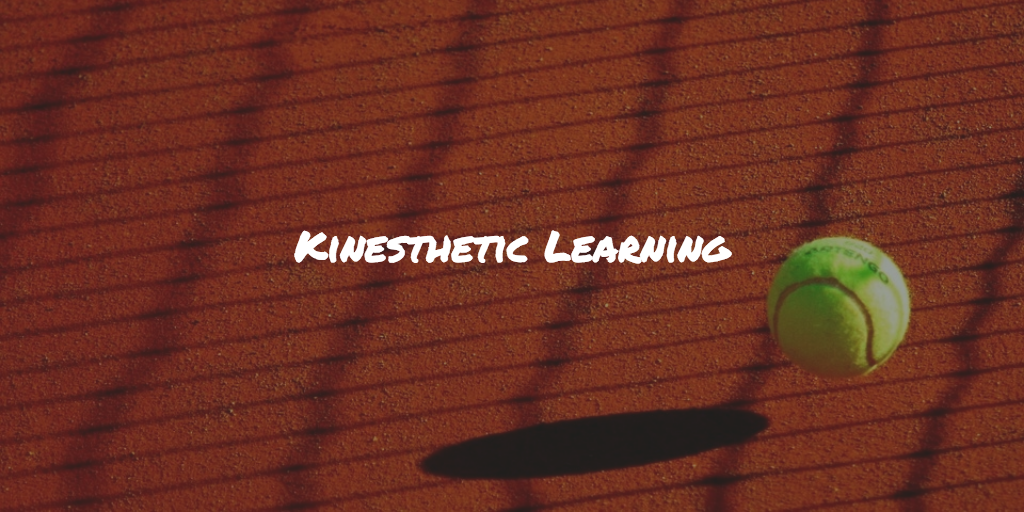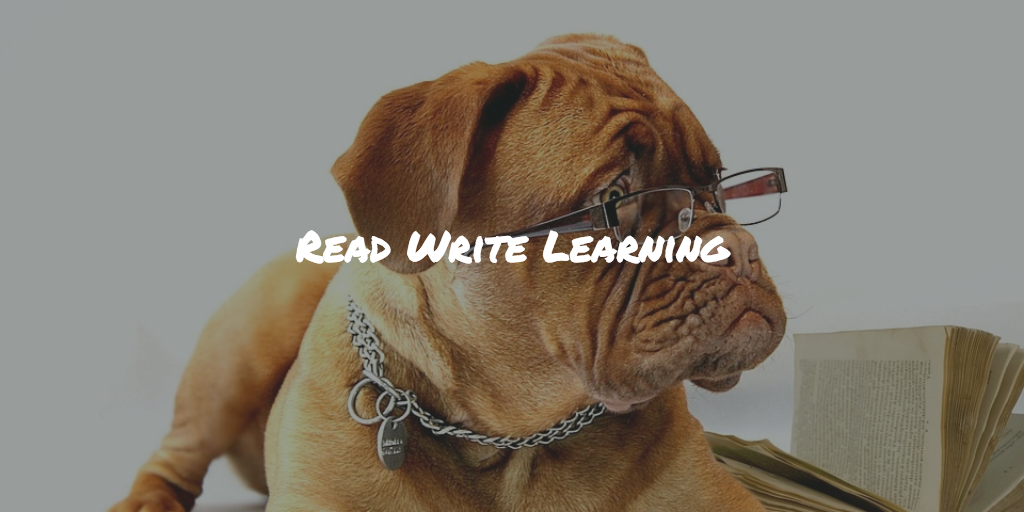Everyone is different. Like a snowflake falling from the sky, every human is individual in their creation. Whether that is because of your genes that give you hair colour or environment that could develop character there is an infinite complex code that makes up each and every one of us. Some are sportsmen and women, others musicians so it stands to reason that we all learn at differentiating speeds and in contrasting ways.
Learning can take shape in many forms and most people will process information better in specific ways suited to themselves. This could include written, sound, visual or practical learning, and it may well be the case that you can use a mixture of these learning styles to create a learning matrix. Finding your learning niche can help you to move forward at an exponential rate and make things enjoyable. Motivation, productivity and potential are all improved when providing information in the correct format.
Visual
The key for visual learners is ample stimulation for the eyes. Using images and picture to accompany learning will be really helpful. It will be particularly advantageous to use images and video to accompany both text and auditory resources. This brings reinforcement of the skill or information being taught. Added colour is always a bonus something as simple as highlighting text in various colours can be conducive to learning.
Another brilliant tool for visual learners is mind mapping. Physically creating or drawing a set of information will help memory, visually being able to recall and place certain items or facts could help to bring context. It enables visualisation of the information in your mind.
- Images, pictures and colour
- Mind Maps
- Replace words with pictures
- Use colour
- Present text with images.
If you are a visual learner, you might find that you have a certain flair for activities and pursuits such as photography, video, drawing, art and architecture. Being able to picture and visualise things in your head is also another trait that corresponds to visual learning. This means you could be excellent at seeing the bigger picture or finished product. Perfect for someone like an architect. It can also bring navigation to the front of your skill set when you can easily recall maps and direction. Do you instinctively know where you are going?
Auditory
Auditory learning is all about using sound to learn. You may well be a great listener and can process information much easier via speech rather than reading. If this is a strength for you then listen up there are some tricks to use this to your advantage. Rhyming and music are a perfect tool for this learning style. Placing information into rhyming patterns will help you to recall it at a moment’s notice, it is almost like creating an auditory mind map. You must have heard the sentence about the colours of the rainbow?
“Richard Of York Gave Battle In Vain.”
Music can also be used to motivate and focus. Listening to particular songs that you enjoy or even certain pitches of music will invoke emotion in the brain.
- Use sound, rhyme and music
- Music can motivate and focus
- Could work better in social situations
- Read text aloud
- Repeat information via speech
- Sit where you can hear
Technology is now well equipped to help you as an auditory learner with a wealth of podcasts produced on every conceivable subject from business news to comedy productions. If you struggle to read a newspaper then it could be a great idea to turn on the radio in your car. If reading books are not your thing then try out a website like Audible which has audiobooks. Maybe try listening to something while you sleep?
Kinesthetic
Learn by doing. Working in a practical hands-on manner can be an important way of learning for people who like to be active and out trying stuff for themselves. Some subjects such as science use these techniques quite regularly, not only will you learn about how and why the world works, it is often then backed up by a practical experiment. Do not just read about gravity, get up and drop an object out of a window. Kinesthetic learners do best when they are using their body, movement and touch sense.
- Use physical actions to replicate information
- Use objects to reaffirm information
- Writing and drawing could also be physical activity
- Role playing can help practice skills and scenarios
If you are having trouble sitting still and just want to jump right into an activity then kinesthetic learning could help. Kinesthetic learners often have fine motor skills and hand-eye coordination that makes physical tasks and pursuits easy. Using these skills while learning may help to reinforce information in your brain. The simple act of fiddling with an elastic band or bouncing a tennis ball may help your focus. Dancing, sports and mechanics could be strong activities for you.
Reading and Writing
It is probably what first springs to mind when you think of learning and academia. Working with text can be very quick and easy for some people. The act of reading and taking notes is often enough to help develop and retain new information. Do not forget that whilst someone who is strong with reading and writing may not retain information as well in other formats. For example, if you learn well by reading it may help to annotate images or have videos with subtitles to help combine both methods.
- Interact with text
- Use notes and plenty of writing
- Present information in text format
- Annotate images and video
It is probably easier for you to work alone in a quiet environment where reading can be in full focus. Obviously, taking plenty of notes is a strong way to process information and has the advantage of being referred to at a later date. You may not be so easily able to recall directions as a strong visual learner so remember to get written directions if you keep getting lost. And write a note to yourself to remind you to write down instructions.
Play to your strengths and work on weaknesses
Whilst there are different ways of learning it is important to note that you will not fall completely into one category. You will probably be able to learn via all of these methods but some may come easier than others. As we know someone who is a strong kinesthetic learner is still able to read and an auditory learner can still catch.
It is also possible to improve these skills often with just a little practice. If reading does not come easily to you sitting down with a book for even just 20 minutes every day will have a significant effect on your reading level. It will dramatically improve ability to process information via text. Neglecting styles that do not come naturally will not help you in the long run. Play to your strong suits when studying important material for an exam or test but often assessments will cover different learning areas so try to work on weaknesses over time.
How do you learn best? Join the conversation on Facebook
